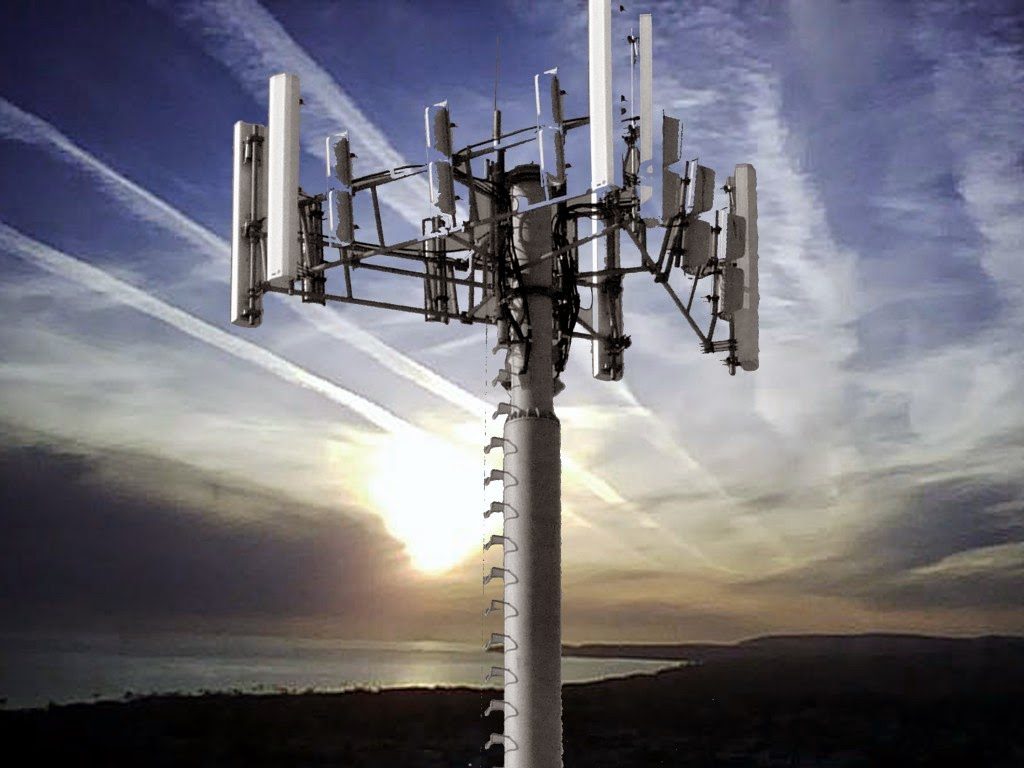What is the safest distance coming from a 5G cell Structure?

If you've ever wandered through a city and spotted tiny cell towers for 5G on the poles of street lights. safe distance to live from cell phone tower look like small boxes, but they're actually broadcasting wireless signals from cellular providers to your phone.
They are replacing the larger specially-designed cell towers. Although they're not as visible but they can still create issues for users.
It is the FCC's Radiation Exposure Thresholds
The FCC's Radiation Exposure Thresholds establish the maximum amount of time an individual can be exposed to electromagnetic radiation from wireless devices. The limits for exposure are based on scientific data which prove that electromagnetic energy can cause harm to health.
The rate of absorption called the specific absorption rate (SAR) is a measure of the amount of radiofrequency energy that is taken up by tissues. It's usually 1.6 Watts per kilogram spread over a Gram of tissue.
However, because 5g transmits at higher frequencies and has the potential to increase the intensity of energy on the skin and other exposed body parts. This can lead to various potential problems, including an increased appearance of skin disorders such as dermatitis, skin cancer and cataracts.
Due to the possible negative effects of 5G radiation, PSU has chosen to establish a general, localized maximum power density of four MW/cm2 measured over 1 cm2, but not exceeding 30 minutes for all 5G services at 3000 GHz. This localized limit is consistent with the peak spatial-average SAR of 1.6 W/kg, which is averaged over 1 g of tissue at 6 GHz.
The FCC's Maximum Exposure Thresholds for Maximum Exposure
If you've ever used a cell phone, you're probably aware that a safe location from the tower should be at least 400 meters. This is due to the transmitting power of cell towers increases drastically the farther the tower is.
While it sounds like something that's good however, those living close to towers could be more susceptible to health issues. For instance, a study conducted in 2014 in India discovered that people living within 50 meters of cell towers experienced significant more health issues than those who lived farther far from antennas.
However, this study also showed that residents who moved to areas further away from cell towers experienced their symptoms return to normal within a couple of days. Another study has revealed that exposure to high levels of radiofrequency electromagnetic fields (EMFs) can lead to cancer, brain tumors, and other health problems.
This is because radiofrequency radiation, used in wireless communication, can be absorbed by the body's outer layer, the skin. what is a safe distance from a cell tower is vital to be aware of because the skin serves as a barrier to protect against injury to the body, infection from pathogenic microorganisms, as well as infiltration of toxic substances. Additionally, what is a safe distance from a 5g cell tower is the most important organ in the human body and is responsible for keeping the integrity of other organs.
The FCC's Minimum Exposure Thresholds for the Minimum Exposure
The FCC's Minimum Exposure Thresholds are based on numerous assumptions that are not supported by evidence from science. These include the erroneous belief that short-term exposures RF radiation is safe due to the limited penetration into the body (i.e. the heating of tissues).
This assumption does not take into account the deeper penetration of the ELF elements of modulated radio signals as well as the consequences of brief bursts of heat caused by RF pulses. These theories are not compatible with current understanding of the biological consequences of RF radiation, and thus they shouldn't be relied upon for health-protection exposure standards.

In addition, the ICNIRP and FCC restrict their maximum exposure limits to local peak SARs based on the peak frequency of absorption (psSAR), which can be described as not a reliable dosimetric instrument to determine the degree of exposure to RF radiation. Particularly the psSAR tool is not accurate when frequencies exceed 6 GHz. Furthermore, psSAR has not been evaluated for RF radiation that is exposed to other environmental agents , such as sunlight. Interactions of RF radiation with other agents in the environment could cause synergistic or antagonistic impacts. This would result in an increased risk of adverse health consequences. For example, co-exposure to RF radiation with sunlight may raise the chance of developing skin cancer and exacerbate other skin disorders, such as acne.
